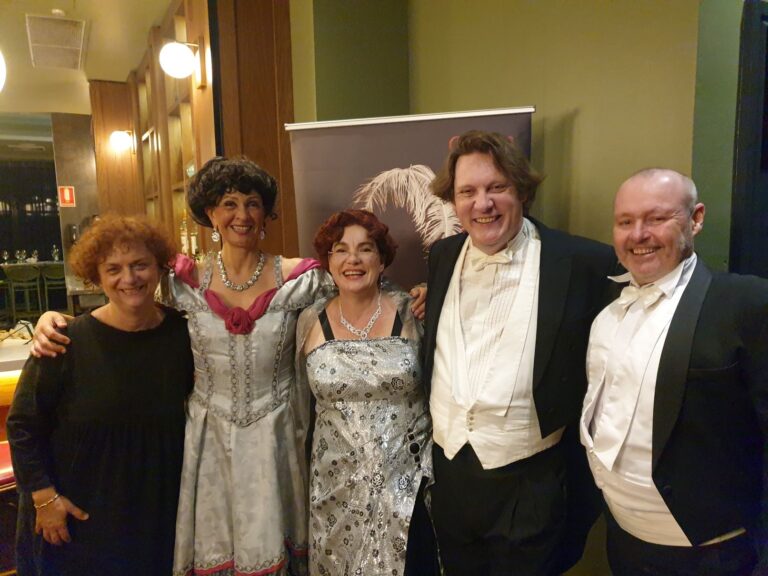
Song and dance for unsung heroes
The theme of this year’s NAIDOC Week might have been ‘Unsung heroes’ but there was plenty of singing going down at Saturday’s party at Wallamulla, or Woolloomooloo as it came to be called by the whites.
Women dominated the afternoon entertainment with MC Aunty Fay Carrol from Pyrmont cracking up the crowd with her edgy schtick.
She poked fun at the crowd, urging them to get even more enthusiastic about the acts.
“I’ve never seen blackfellas look so relaxed,” she said. “It takes us old girls to get the action going!”
And so they did, with dance routines from the Redfern Community Centre Aboriginal Women and Girls Dancers and the Cook Islands School of Language, Culture and Arts.
Woolloomooloo local Jonas Masters won a skateboard and helmet raffled by Police at there stall.
NAIDOC stands for National Aborigines and Islanders Day Observance Committee. Its history goes back to the roots of the Indigenous rights movement when Aboriginal rights groups boycotted Australia Day (26 January) in protest against the status and treatment of Indigenous Australians. By the 1920s, they were increasingly aware that the broader Australian public were largely ignorant of the boycotts so the Australian Aborigines Progressive Association (AAPA) was formed in 1924 only to disband in 1927 due to Police harassment.
On Australia Day, 1938, protestors marched through the streets of Sydney, followed by a congress attended by over a thousand people. One of the first major civil rights gatherings in the world, it was known as the Day of Mourning.
Following the congress, a deputation led by William Cooper presented Prime Minister Joseph Lyons with a proposed national policy for Aboriginal people. This was again rejected because the Government did not hold constitutional powers in relation to Aboriginal people.
From 1940 until 1955, the Day of Mourning was held annually on the Sunday before Australia Day and was known as Aborigines Day. In 1955 Aborigines Day was shifted to the first Sunday in July after it was decided the day should become not simply a protest day but also a celebration of Aboriginal culture.
In 1956 the National Aborigines Day Observance Committee (NADOC) was formed.
In 1972, the Department of Aboriginal Affairs was formed, as a major outcome of the 1967 referendum which recognised Aborigines’ right to vote.
In 1991, NADOC was expanded to recognise Torres Strait Islander people and became NAIDOC. (Source: NAIDOC)
by Michael Gormly


Pacific Island culture got a showing with sinuous dance moves from the Cook Island group of dancers backed by a syncopating percussion and drum ensemble













